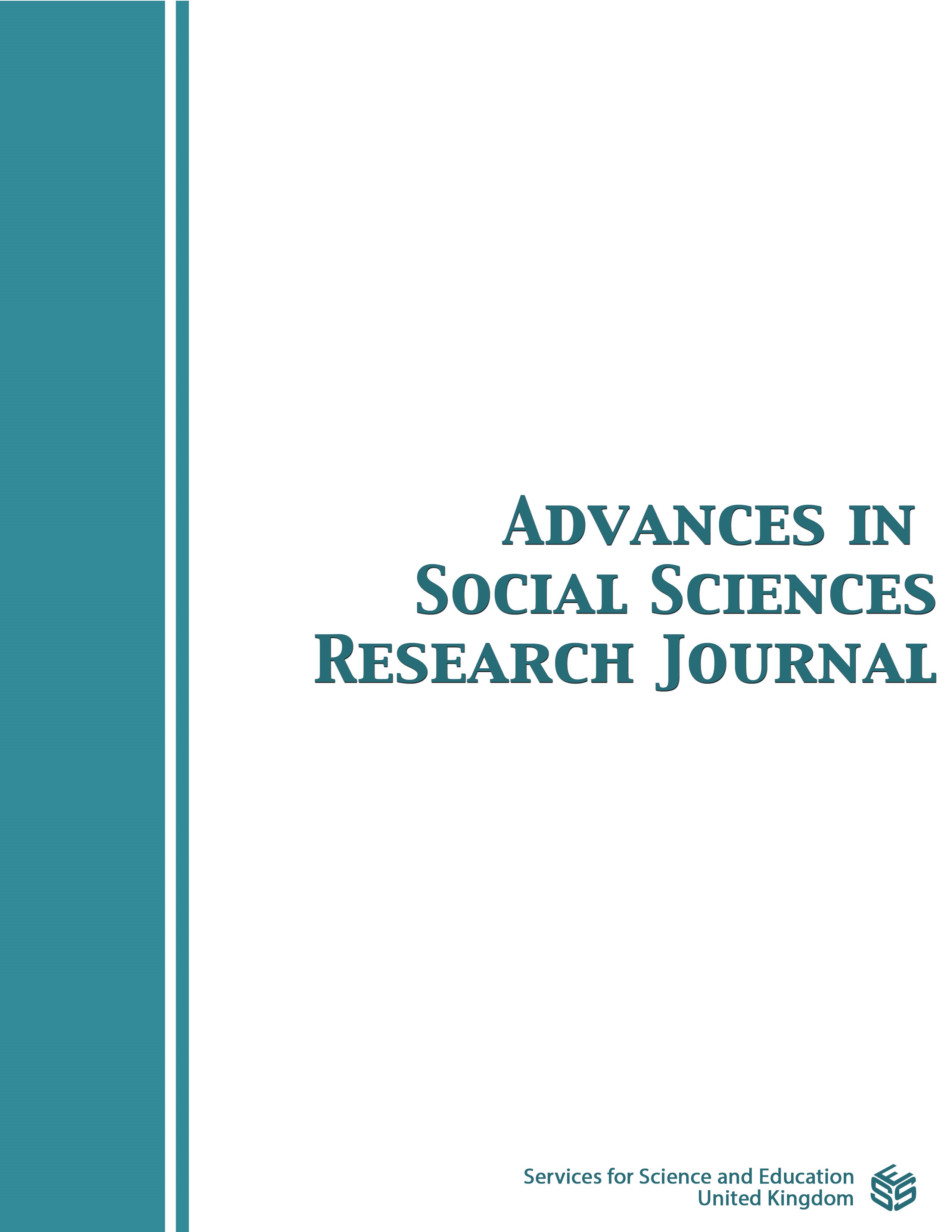Figuring Out Commercial Gimmicks Influencing Consumer Engagement from Psychological Change Points
DOI:
https://doi.org/10.14738/assrj.92.11738Keywords:
Change point detection, Estimating gimmicks, Consumer engagement, Psychological changes, Watching commercials, Physiological characteristicsAbstract
Although the scale is not so large, there are many companies that carefully manufacture traditional products of high quality such as crafts and foods. For such companies, story-telling commercials explaining their elaborate products on their SNS sites are attractive means to enlarge their business scale, because it takes a lower cost than TV commercials. However, because of limited budgets, they make commercials for themselves. It is difficult for them to evaluate whether their commercials have an impact on consumers. To compose hand-made commercials appealing to new customers, this study proposes a method to estimate which gimmicks in a commercial affect consumer engagement. Customer targeting is important in business for the small amount of production. The study evaluates the method, dividing target consumers into two groups, students and working adults. The change point detection is applied to pupil size for estimating gimmicks affecting emotional engagement, so is to EDA for estimating ones affecting cognitive engagement. The impacts on behavioral engagement are evaluated with a questionnaire. Experiments show that characters are an important gimmick for cognitive engagement. A climax should be placed firmly in the story to influence emotional engagement. Flashback scenes also turn out useful gimmicks for both cognitive and emotional engagement. Furthermore, scenes that allow consumers to imagine themselves using the product are influential to behavioral engagement. Specific elements working well for each gimmick turn out to vary with students and adults. The method manifests gimmicks to be included in a commercial when companies compose their commercials for themselves.
References
. Pulizzi, Joe. The rise of storytelling as the new marketing. Publishing research quarterly, 2012, 28.2: 116-123.
. Dessart, Laurence; Pitardi, Valentina. How stories generate consumer engagement: An exploratory study. Journal of Business Research, 2019, 104: 183-195.
. Vivek, Shiri D.; Beatty, Sharon E.; Morgan, Robert M. Customer engagement: Exploring customer relationships beyond purchase. Journal of marketing theory and practice, 2012, 20.2: 122-146.
. Lee, Dokyun; Hosanagar, Kartik; Nair, Harikesh S. Advertising content and consumer engagement on social media: Evidence from Facebook. Management Science, 2018, 64.11: 5105-5131.
. Pera, Rebecca; Viglia, Giampaolo. Exploring how video digital storytelling builds relationship experiences. Psychology & Marketing, 2016, 33.12: 1142-1150.
. Ilic, Ana. Towards a conceptualisation of consumer engagement in online communities: A netnographic study of vibration training online community. Unpublished master’s thesis, University of Auckland (Department of Marketing), Auckland, New Zealand, 2008.
. Doherty, Kevin; Doherty, Gavin. Engagement in HCI: conception, theory and measurement. ACM Computing Surveys (CSUR), 2018, 51.5: 1-39.
. Hollebeek, Linda D. Demystifying customer brand engagement: Exploring the loyalty nexus. Journal of marketing management, 2011, 27.7-8: 785-807.
. Brodie, Roderick J., et al. Customer engagement: Conceptual domain, fundamental propositions, and implications for research. Journal of service research, 2011, 14.3: 252-271.
. Hollebeek, Linda. Exploring customer brand engagement: definition and themes. Journal of strategic Marketing, 2011, 19.7: 555-573.
. Hasan, Bassam. Exploring gender differences in online shopping attitude. Computers in Human Behavior, 2010, 26.4: 597-601.
. Levenson, Robert W.; Ruef, Anna M. Empathy: a physiological substrate. Journal of personality and social psychology, 1992, 63.2: 234.
. Webster, Jane; Ho, Hayes. Audience engagement in multimedia presentations. ACM SIGMIS Database: the DATABASE for Advances in Information Systems, 1997, 28.2: 63-77.
. Takeuchi, Jun-ichi; Yamanishi, Kenji. A unifying framework for detecting outliers and change points from time series. IEEE transactions on Knowledge and Data Engineering, 2006, 18.4: 482-492.
. Van Laer, Tom, et al. The extended transportation-imagery model: A meta-analysis of the antecedents and consequences of consumers' narrative transportation. Journal of Consumer research, 2014, 40.5: 797-817.
. Escalas, Jennifer Edson. Narrative processing: Building consumer connections to brands. Journal of consumer psychology, 2004, 14.1-2: 168-180.
. Green, Melanie C. Narratives and cancer communication. Journal of communication, 2006, 56: S163-S183.
. Green, Melanie C.; Brock, Timothy C. In the mind's eye: Transportation-imagery model of narrative persuasion. 2002.
. Stern, Barbara. Authenticity and the textual persona: postmodern paradoxes in advertising narrative. International Journal of Research in Marketing, 1994, 11.4: 387-400.
. Green, Melanie C. Transportation into narrative worlds: The role of prior knowledge and perceived realism. Discourse processes, 2004, 38.2: 247-266.
. Bergstrom, Jennifer Romano; Schall, Andrew (ed.). Eye tracking in user experience design. Elsevier, 2014.
. Albert, Bill and Tullis, Tom., Measuring the user experience: collecting, analyzing, and presenting usability metrics, Newnes, 2013
. Benedek, Mathias; Kaernbach, Christian. A continuous measure of phasic electrodermal activity. Journal of neuroscience methods, 2010, 190.1: 80-91.
. Dawson, Michael E.; Schell, Anne M.; Filion, Diane L. The electrodermal system. 2017.
. Tobii AB. (2022, January 28). Tobii Pro Nano. https://www.tobiipro.com/product-listing/nano/
. Empatica Inc. (2022, January 28). E4 wristband. https://www.empatica.com/research/e4/
Downloads
Published
How to Cite
Issue
Section
License
Copyright (c) 2022 Motoki Seguchi

This work is licensed under a Creative Commons Attribution 4.0 International License.
Authors wishing to include figures, tables, or text passages that have already been published elsewhere are required to obtain permission from the copyright owner(s) for both the print and online format and to include evidence that such permission has been granted when submitting their papers. Any material received without such evidence will be assumed to originate from the authors.






